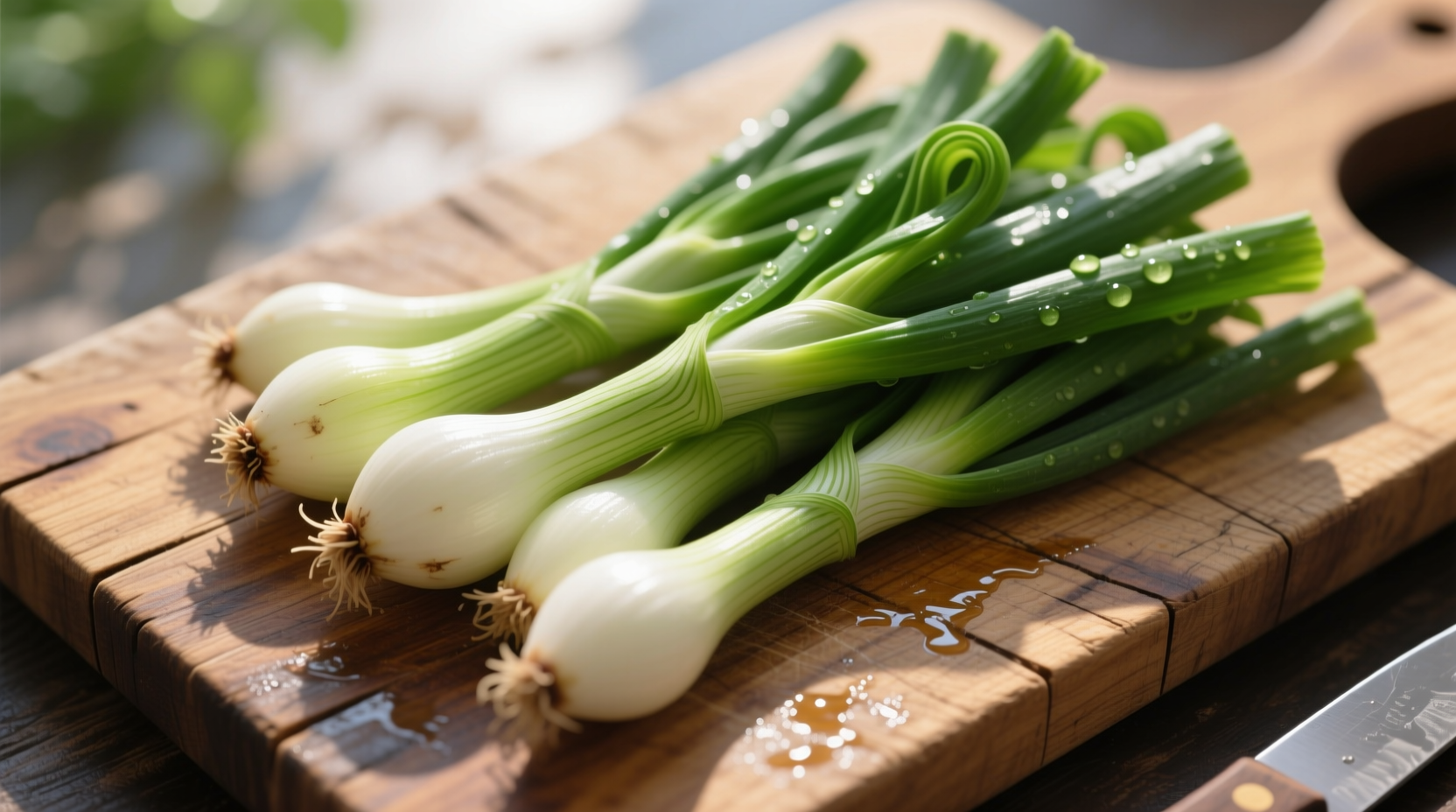If you've ever wondered what makes torpedo onions special, here's the key fact: torpedo onions are a unique elongated variety of shallot (Allium cepa var. aggregatum) with a mild, sweet flavor profile that makes them ideal for raw applications and delicate cooking. Unlike common round onions, they feature a tapered shape resembling a torpedo, hence the name, and contain less sulfur compounds, resulting in reduced pungency and fewer tears when cutting.
Discovering the Unique Characteristics of Torpedo Onions
When you encounter torpedo onions at your local market, you're experiencing one of the most distinctive allium varieties available to home cooks. These elongated bulbs, scientifically classified as Allium cepa var. aggregatum, represent a specific cultivar that has been cultivated for centuries in Mediterranean regions. Their most recognizable feature is their torpedo-like shape—long and tapered with a pointed end—which gives them their common name.
Unlike standard yellow or red onions that dominate supermarket shelves, torpedo onions typically measure 3-5 inches in length with a diameter of about 1-2 inches at their widest point. Their skin ranges from pale copper to light brown, while the interior flesh appears crisp and white with subtle purple streaks near the center. This visual distinction makes them easy to identify among other allium varieties.
Torpedo Onions vs. Common Onion Varieties: A Practical Comparison
| Characteristic | Torpedo Onions | Yellow Onions | Red Onions |
|---|---|---|---|
| Shape | Elongated, tapered (torpedo-shaped) | Rounded, bulbous | Round with flat top |
| Flavor Profile | Mild, sweet, subtle | Strong, pungent when raw | Sharp with slight sweetness |
| Sulfur Content | Lower (less tearing) | Higher | Moderate |
| Best Culinary Uses | Raw applications, delicate sauces | Caramelizing, roasting, stews | Salads, salsas, pickling |
| Storage Life | 2-3 weeks refrigerated | 2-3 months cool/dry | 3-4 weeks refrigerated |
This comparison reveals why torpedo onions excel in applications where milder onion flavor is preferred. According to agricultural research from the University of California's Cooperative Extension, torpedo onions contain approximately 30% less allyl propyl disulfide—the compound responsible for onion pungency—than standard yellow onions, making them particularly suitable for raw preparations where strong onion flavor would be overwhelming.
Where Torpedo Onions Thrive: Origin and Availability
Torpedo onions trace their origins to the Mediterranean basin, particularly thriving in the warm coastal regions of Italy, Greece, and Spain. The specific growing conditions required—moderate temperatures and well-drained soil—limit their widespread commercial cultivation compared to more adaptable onion varieties.
In the United States, torpedo onions appear seasonally from late spring through early summer, with peak availability in May and June. Specialty grocers, farmers' markets, and Mediterranean-focused food stores represent your best sources. When selecting torpedo onions, look for firm bulbs with dry, intact skin and no soft spots or sprouting. The smaller bulbs within a cluster typically offer the sweetest flavor profile.

Practical Storage Techniques for Maximum Freshness
Unlike their round counterparts that can be stored for months in cool, dark conditions, torpedo onions require more careful handling due to their higher moisture content. For optimal freshness:
- Refrigerate in a mesh bag or paper bag with ventilation holes
- Store away from strong-smelling foods as onions readily absorb odors
- Use within 2-3 weeks for best flavor and texture
- Never store in plastic bags which trap moisture and accelerate spoilage
Professional chefs at the Culinary Institute of America recommend storing torpedo onions with the root end down to prevent moisture accumulation at the more delicate pointed end. This simple technique can extend their usable life by several days.
Culinary Applications: When to Choose Torpedo Onions
Torpedo onions shine in applications where their mild sweetness enhances rather than dominates. Understanding context boundaries helps maximize their culinary potential:
Best applications:
- Raw preparations like salads, vinaigrettes, and salsas
- Delicate sauces and dressings where onion flavor should be subtle
- Garnishes for seafood dishes and light pasta preparations
- Pickling for a milder, sweeter result
Less suitable applications:
- Heavy caramelization (they lack sufficient sugar content)
- Long-simmered stews and braises (flavor disappears)
- Recipes requiring strong onion presence
This context awareness separates novice cooks from those who truly understand ingredient properties. Torpedo onions won't deliver the same depth in French onion soup as yellow onions, but they'll transform a spring salad with their delicate sweetness.
Nutritional Benefits Worth Noting
Beyond their culinary appeal, torpedo onions offer notable nutritional advantages. According to USDA FoodData Central, a 100g serving provides:
- 32 calories with 7.3g of carbohydrates
- 2.4g of dietary fiber (8% of daily value)
- Significant vitamin C content (15% of daily value)
- Rich in quercetin, a flavonoid with antioxidant properties
- Contains organosulfur compounds linked to cardiovascular benefits
Research published in the Journal of Agricultural and Food Chemistry indicates that the specific organosulfur compounds in torpedo onions may offer enhanced bioavailability compared to common onions, potentially increasing their health benefits when consumed raw.
Professional Cooking Techniques for Torpedo Onions
To maximize flavor while preserving texture, follow these chef-recommended techniques:
- Preparation method: Slice against the grain (perpendicular to the long axis) for optimal texture in raw applications
- Soaking technique: For ultra-mild flavor, soak sliced torpedo onions in ice water for 15-20 minutes before use
- Cooking approach: When sautéing, use medium-low heat and minimal oil to preserve delicate structure
- Flavor pairing: Complements herbs like dill, tarragon, and chervil better than stronger herbs like rosemary
These torpedo onion preparation methods transform ordinary dishes into extraordinary culinary experiences. The soaking technique, in particular, removes excess enzymes while maintaining crisp texture—perfect for elevating summer salads and seafood dishes.











 浙公网安备
33010002000092号
浙公网安备
33010002000092号 浙B2-20120091-4
浙B2-20120091-4